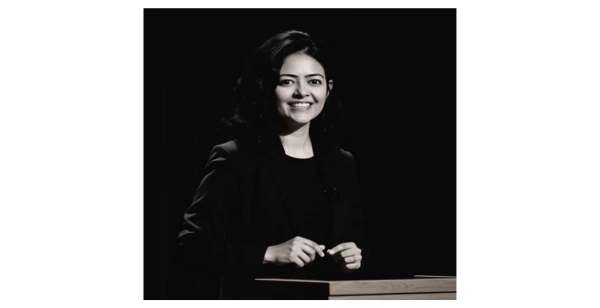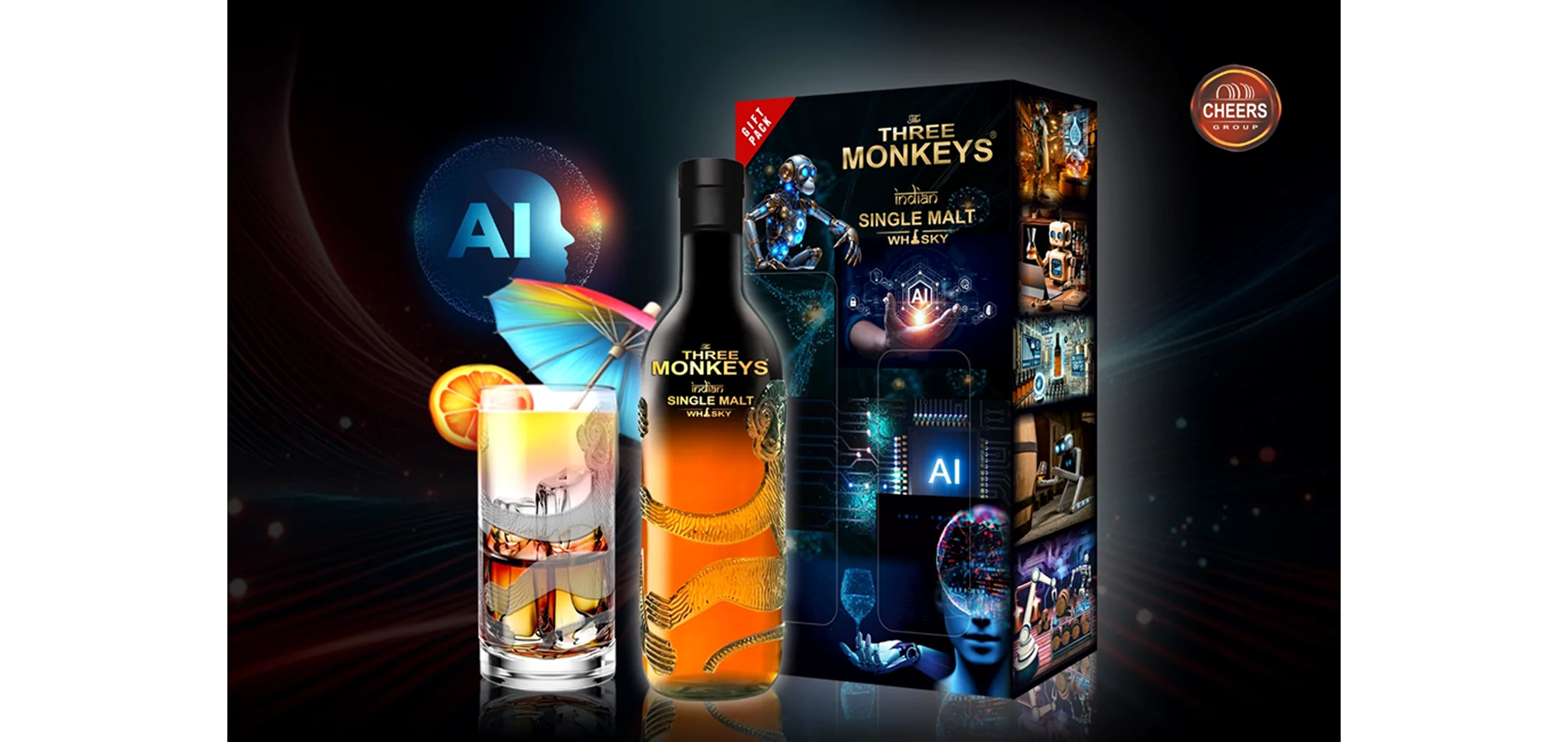Whose Creativity Counts? Rethinking Authenticity in the Age of AI Design
By Nirali Soni – Professor at Anant National University, Design Educator, Interior Designer, and Artist
In today’s rapidly evolving digital world, the line between human imagination and machine-generated creation is blurrier than ever. As artificial intelligence steps beyond being just a tool and becomes a creative collaborator, it forces us to ask—what defines authenticity in design? Can machines truly be creative, or is creativity still an inherently human trait?
With over a decade of experience in the design industry and academia, I’ve witnessed firsthand how design thinking has evolved. A recent turning point for me was a student workshop where speculative cities were co-created using AI tools. Watching the interplay of machine logic and human imagination unfold, I began to deeply question the boundaries of authorship and originality.
What Is Creativity?
Traditionally, creativity is seen as an innate, almost mystical ability exclusive to humans—one fueled by emotion, lived experiences, and intuition. However, at its core, creativity is the ability to connect disparate ideas, solve problems, and produce something meaningful and original. Today, machines are doing just that—learning from massive data sets and generating results that often surprise us.
So, if both humans and machines rely on past knowledge to create new outcomes, what sets human creativity apart?
Can Machines Be Truly Creative?
Critics argue that AI lacks soul. It doesn’t feel pain, joy, or nostalgia. It cannot have a “creative intention” or understand the cultural nuance of its outputs. Yet, humans too build on existing frameworks—designers reimagine Bauhaus principles, and artists echo movements of the past. Even our boldest creations are often reinterpretations.
Interestingly, AI can offer perspectives that we may overlook. When a machine designs a structure that challenges architectural norms or composes music that deeply moves us—should we not consider that creative? Or do we disregard it simply because it lacks a human origin?
Why Human Creativity Is Still Trusted More
The emotional and ethical depth of human-generated work often gives it a perceived authenticity. We trust what is “felt,” not just what is functional. But the irony is: if a machine-generated poem brings tears or an AI-designed room makes us feel at peace, do the origins really matter?
In truth, creativity may be less about who made it and more about how it’s experienced. As I often tell my students, “Creativity is no longer about ownership—it’s about experience.”
Who Owns Machine-Made Design?
This brings us to another critical question: who owns the creative credit in AI-generated work? Is it the programmer, the user guiding the prompt, or the AI itself? This is a gray area being actively debated across the design, legal, and tech communities.
As educators and creators, it’s our responsibility to explore and even redefine these boundaries. At Anant National University, I strive to embed such questions into our curriculum, encouraging students to see machines not as threats but as partners in a broader, richer creative journey.
Overcoming Resistance
Introducing AI into traditional design environments is not without struggle. There is skepticism from peers and students who fear AI will dilute originality or devalue cultural identity. My challenge has been to shift this mindset—emphasizing that when used responsibly, AI enhances human potential rather than replaces it.
Toward a Collaborative Future
True progress lies in collaboration. Machines offer computational power, data-driven insights, and boundless iteration. Humans bring empathy, ethics, and emotional resonance. Together, we can push the boundaries of design and redefine what creativity looks like in the 21st century.
Final Thoughts
In an age where machines can generate art, design interiors, and tell compelling stories, it’s time we reframe our understanding of creativity. Rather than asking whether machines can be creative, perhaps we should ask how their creativity can coexist with and elevate our own.
Because ultimately, the most powerful creations—those that surprise, inspire, and move us—may come not from man or machine alone, but from their union.
Follow Nirali Soni:
Design Studio Instagram | Personal Instagram
Title: Professor at Anant National University
Field: Interior Design, Art, AI in Education



